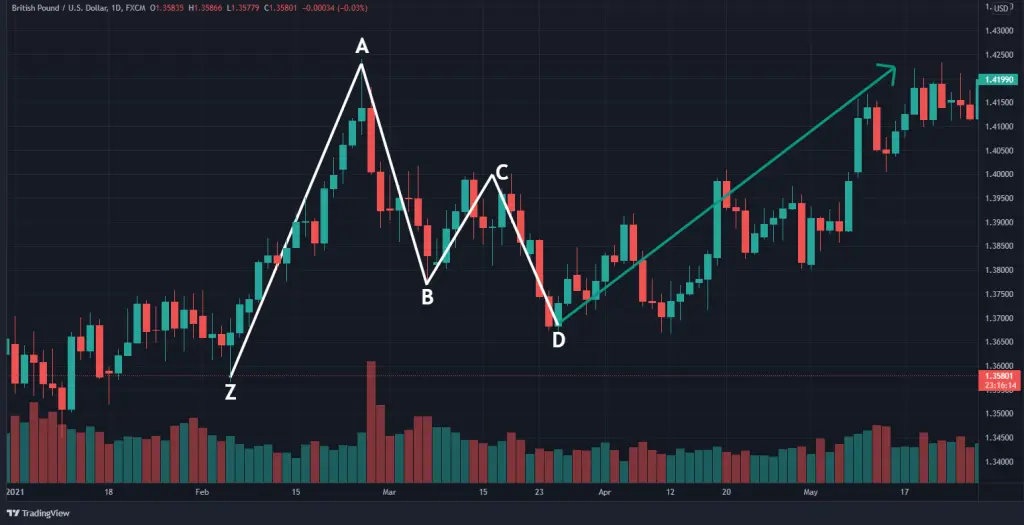Understanding Forex Timeframes for Malaysian Traders
The foreign exchange market operates 24 hours a day, making it essential for Malaysian traders to understand different timeframe analyses. Trading success often depends on choosing the right timeframe that matches your trading style and goals. Market analysis through various timeframes helps traders identify profitable opportunities while managing risks effectively. Professional traders typically combine multiple timeframes to validate their trading decisions. Understanding timeframe analysis is crucial for developing a robust trading strategy. The Malaysian forex market has seen significant growth in recent years, with more traders adopting sophisticated timeframe analysis methods. Local traders have found particular success with certain timeframe combinations that align with Asian market hours.

Essential Timeframe Categories
Short-term Timeframes
• 1-minute charts: Ultra-short-term scalping
• 5-minute charts: Quick price action trading
• 15-minute charts: Intraday momentum trading
• 30-minute charts: Short-term trend following
Medium-term Timeframes
• 1-hour charts: Swing trading opportunities
• 4-hour charts: Major trend identification
• Daily charts: Primary market direction
Long-term Timeframes
• Weekly charts: Long-term trend analysis
• Monthly charts: Major support/resistance levels
• Yearly charts: Historical price patterns
Timeframe Characteristics Analysis
| Timeframe Type | Trading Style | Average Holding Period | Risk Level |
| Short-term | Scalping/Day Trading | Minutes to Hours | High |
| Medium-term | Swing Trading | Days to Weeks | Medium |
| Long-term | Position Trading | Weeks to Months | Low |
The Power of 4-Hour Timeframe Patterns
The 4-hour timeframe patterns have emerged as one of the strongest timeframe combinations for Malaysian traders. This particular timeframe offers an optimal balance between market noise and significant price movements. Institutional investors often use the 4-hour timeframe for major trading decisions. The timeframe allows traders to capture meaningful price swings while filtering out minor market fluctuations. Many successful traders in Malaysia have built their strategies around the 4-hour timeframe due to its reliability. This timeframe also aligns well with major market sessions and provides clear trend identification opportunities.Benefits of 4-Hour Timeframe Trading
- Balanced market perspective
- Reduced false signals
- Better risk management
- Clear trend identification
- Lower time commitment
- Improved psychological comfort
- Higher probability setups

Multi-timeframe Analysis Strategy
Implementation Steps
- Start with higher timeframes for trend direction
- Use medium timeframes for trend confirmation
- Apply lower timeframes for entry timing
- Monitor multiple timeframes simultaneously
- Align trades with dominant trends
Risk Management Across Timeframes
| Risk Factor | Short-term | Medium-term | Long-term |
| Stop Loss | Tight | Moderate | Wide |
| Take Profit | Small | Medium | Large |
| Position Size | Larger | Medium | Smaller |
Advanced Timeframe Trading Techniques
Malaysian traders should consider these advanced techniques when implementing timeframe analysis: Correlation Analysis- Currency pair correlations
- Time-based correlations
- Market session overlaps
- Volume patterns
- Price action signals
- Moving averages
- RSI settings
- MACD parameters
- Bollinger Bands
- Fibonacci levels
Common Trading Mistakes to Avoid
- Overcomplicating timeframe analysis
- Ignoring higher timeframe trends
- Trading too many timeframes
- Mismatching timeframes with strategy
- Neglecting market session timing
Conclusion
Success in forex trading requires understanding and properly utilizing different timeframes. Malaysian traders who master timeframe analysis, particularly the strongest timeframe patterns, position themselves for more consistent profits. Remember to align your timeframe selection with your trading style, available time, and risk tolerance. Continue educating yourself about market dynamics and practicing proper risk management across all timeframes.
FAQ Section
What is the optimal number of timeframes to analyze?
Most successful traders focus on 2-3 timeframes to avoid analysis paralysis while maintaining comprehensive market awareness.
How do Asian market hours affect timeframe selection?
Malaysian traders should focus on 4-hour and 1-hour timeframes during Asian sessions for optimal trading opportunities.
Why are 4-hour timeframe patterns considered strong?
The 4-hour timeframe provides an excellent balance between noise reduction and significant price movement capture, making it highly reliable for trend identification.
What timeframes work best for part-time traders?
Part-time traders should focus on 4-hour and daily timeframes as they require less frequent monitoring while providing quality trading signals.
How should beginners approach timeframe analysis?
Beginners should start with daily and 4-hour timeframes to understand market structure before moving to shorter timeframes.

